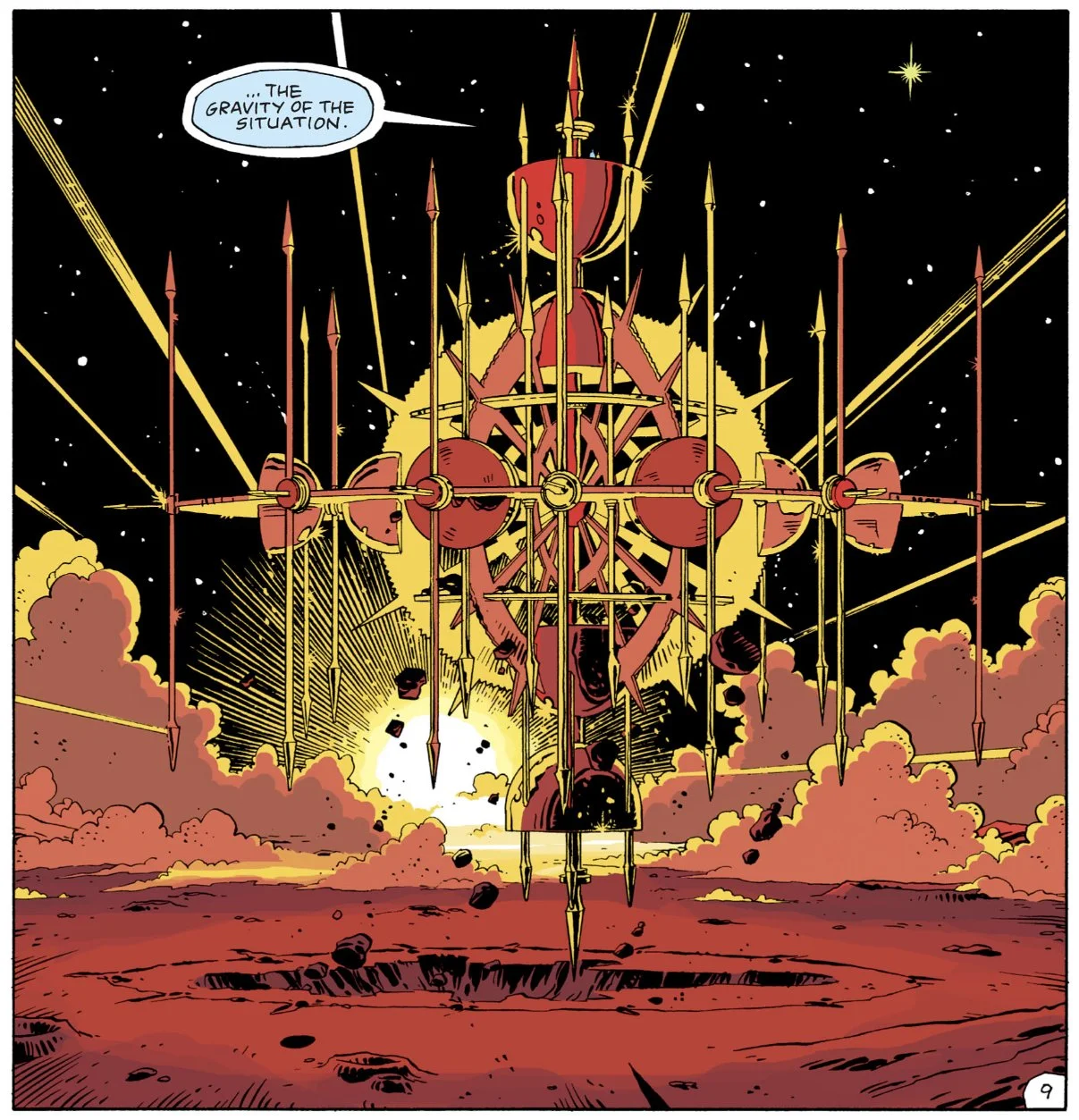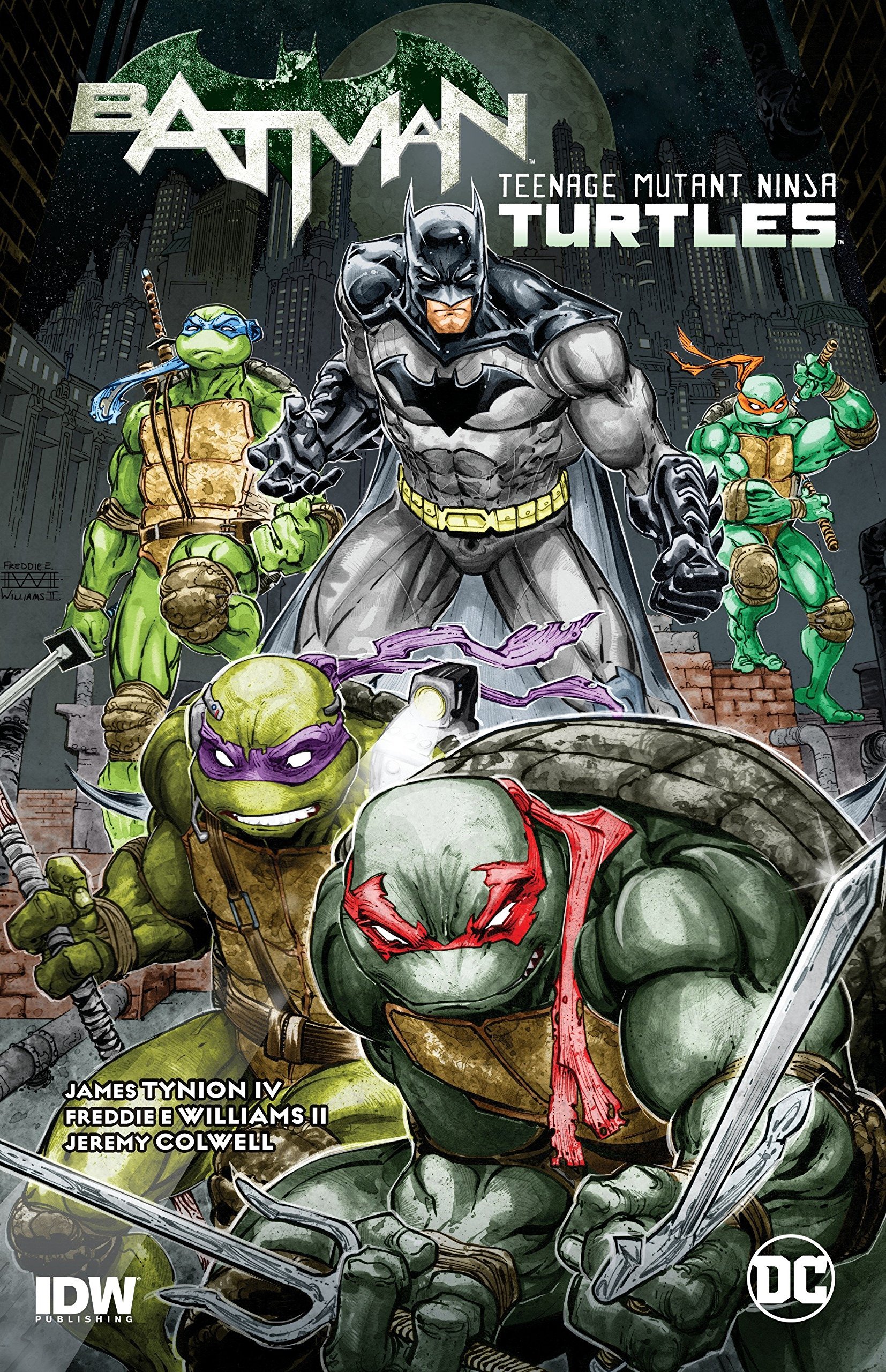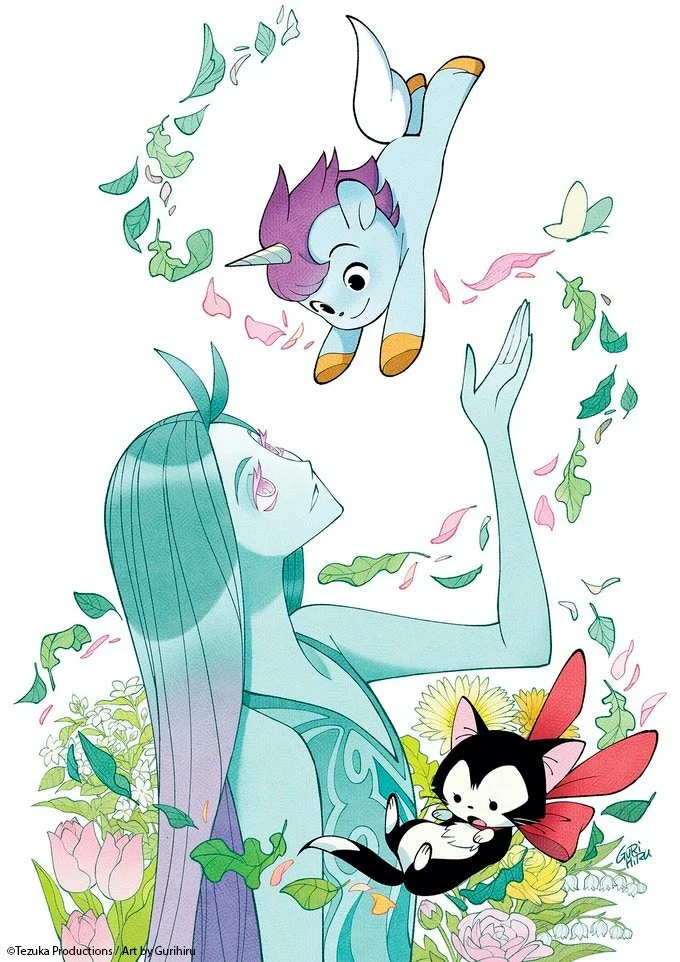Short Horror Comics: On Ram V. and John J. Pearson's RAZORBLADES stories
By Martin Dolan — Short Horror comics are having a bit of a moment, thanks in no small part to Razorblades: The Magazine, the new self-published venture from James Tynion IV and Steve Foxe. The magazine — with three issues out and a fourth on the way — is a platform for creators new and veteran to work in a less confined, experimental, DIY space.
Names boasted on the Razorblades’ creator roster have included Tynion himself; current Tynion collaborators Martin Simmonds and Werther Dell’edera; writers like Scott Snyder and Lonnie Nadler; and artists as diverse as Michael Walsh and Tillie Walden. Still, even with a lineup as stacked as Razorblades has had, it’s been one creative team in particular that’s stolen the show — writer Ram V and artist John J. Pearson.
Ram V. and John J. Pearson in Razorblades
Ram and Pearson have teamed for two short stories in Razorblades. Despite their brevity, these pieces perfectly exemplify the type of weird, hyper-literate horror comics that Ram V. has been making in long form. “A Dream of Time” and “Learn to Swim” are connected in the way they challenge what comics — especially genre comics — can be, and just like the rest of Ram’s graphic novel work, they explore complex themes like globalization, identity, privilege, and isolation in the modern world.
“A Dream of Time” follows an unnamed protagonist to a New Year’s party while the threat of the end of the world looms over everyone’s heads. The comic spends a large portion of its panels cutting between this party narrative with images of a Mayan calendar scribe long in the past, as well as images of striking modern-day violence as well. Ram creates a parallel structure that pokes at the privilege and insanity of our unnamed narrator and his pointless party.
This narrator kisses a stranger as bombs explode in Syria, and as he leaves the party, another unnamed victim is stabbed to death just upstairs. Still, our narrator ignores it all, or at least the story leads readers to believe, until the end of the short, where instead of privilege and ignorance, the story flips the script instead to agency.
Our narrator knows it all, and instead focuses on Itzamma, the Mayan god of time, and the “great arc of his joke.” He reflects that there’s times he thinks he’s making progress, that he’s walking towards something, before realizing, once again, that he’s powerless, stuck in place while the world and universe “loop in endless cycles” beneath him.
Even more abstract is “Learn to Swim,” where the narrator— an Indian teenager in an American university — gets lost in the unfamiliar crowd of a rock concert. Overwhelmed, he steps outside for a smoke, and runs into an ethereal figure who introduces herself as Inana. They have a cryptic conversation about being outsiders in an unfamiliar world, and then Inana leaves him with a warning: “It’s going to rain soon.” Inana seems to disappear into the river and the narrator, scared, runs back to finds his friends at the concert. Inside, the singer is chanting, “Learn to swim. Learn to swim,” and the narrator panics, unable to find his friends. Then, the narrative cuts to a girl, presumably the one the narrator is trying to find, with a baby clutched in her arms and descending into a full bathtub. Insects and tentacles wrap up the girl, without a fight, and the narrator explains it all with only, “Learn to swim,” he sings over and over.
His words gathering pace, as if we’re all running out of time.
Themes in the Ram V., John Pearson Short Comics
In these comics, Ram’s scripts operate from a modern-day, first-world perspective, asking a difficult question – how do we, as the “winners” of a global struggle, reconcile all of our privileges with the knowledge of all the violence and hopeless struggle in the rest of the world?
These shorts are examining the insanity of the world through the lens of one’s own lack of agency – in “A Dream of Time,” the horrors throughout the world are overshadowed by a party, and in “Learn to Swim,” the main character speaks to others, watching them “swim” in terror, but can’t do anything, completely powerless. The story is presenting the horror of 21st century identity, and, interestingly, at least in these comics, there is an urging readers to turn a blind eye, if only for their own sanity. In comics, there are often gods, magic, and the supernatural to explain horror; in the real world, however, they’re impossible to understand. It’s better then, at least in these stories, to feign ignorance, focus on yourself, and “learn to swim.” These are really heavy ideas for any piece of genre literature, especially comics, and reminds me more of Alan Moore than anything that publishers have put out of late.
While Ram’s writing certainly shines in these comics, John J. Pearson’s art elevates the script to something incredible, showing off multiple styles in a way that reminds me of Martin Simmonds in Department of Truth, or even the Dave McKean/Sandman style of ‘90s Vertigo. I’d previously heard of Pearson thanks to his self-published webcomic Blood Moon with writer P. M. Buchan. Blood Moon has the same ethereal and stylized artwork as Department of Truth, possibly even more so. A notable aspect of Pearson’s work is his ability to juxtapose flat, line-drawn characters with dream-like, over-rendered backgrounds. This can come off a cheap trick for less talented artists, though Pearson manages to do a great job of it. A major part of this is due to his great eye for color, reminding me of some of Mike Huddleston’s stand out work in Decorum.
“A Dream of Time” and “Learn to Swim” are great examples of Pearson’s multiple styles and the way he can flip between them as story demands. “A Dream of Time” is most similar to Martin Simmonds work, with the hyper-rendered scenes in the Mayan temple with a more graphic-designed, cloudy visual style for the scenes of the party. The artwork is loose and unfocused there and combined with the colors really gives off the vibe of a long, boozy night of existential crisis. Pearson uses an interesting eight-panel grid here with tall skinny images jumping between subjects – as if the channels keep cutting in and out between the party and the violence happening elsewhere in the world. It’s a really cool effect and gives both Pearson’s art and Ram’s words (lettered by Aditya Bidikar) room to breathe. “Learn to Swim,” meanwhile, sees Pearson resorting back to his flat image style, and instead lets his colors steal the show. The whole comic is covered in a really moody shade of blue that sets the tone for the story Ram is trying to tell, and the goddess Inana’s over-rendered face gives her panels a cool sense of supernatural unease. Pearson is like a chameleon here, showing he can switch up his styles on command to draw some really creative horror panels.
Connections to Other Ram V. Comics
The quality of these short comics shouldn’t come as a surprise to any reader familiar with Ram V. While he’s currently experiencing a bit of breakthrough thanks to a couple of high-profile gigs writing for DC (the recent The Swamp Thing, Catwoman, and Justice League Dark), Ram has been making waves in the creator-owned scene for a while now.
Grafity’s Wall, an older graphic novel with artist Anand RK, was recently reissued by Dark Horse in an expanded edition, and one Image’s biggest graphic novels from 2020 was Blue in Green, also with RK, which experimented with a jazz-influenced improvisational style. Probably Ram’s best work, though, was his creator-owned miniseries with Sumit Kumar for Vault Comics, These Savage Shores. Notably absent from the Eisner nominees, These Savage Shores was a remarkable piece of literary horror about a family of vampires’ travels to colonial India. The writing is incredibly dense and descriptive, as well as covering some heavy imperialist themes, but Ram and Kumar manage to craft a story that comes off exciting and artistic instead of preachy. It’s the rare example of a graphic novel that can stand on its own as both an excellent piece of genre entertainment yet also have meaningful post-colonial undertones.
All of his major creator-owned comics have similar ideas in them, and beyond just their complexity, the unifying theme of Ram’s work is that of the globalized identity through a graphic novel’s lens (Think Persepolis for fans of Brian K. Vaughn). It makes sense – Ram was born in India, and prior to breaking into the English-language comics world in England he wrote several projects back in India, notably the series Aghori with Holy Cow Press. These Savage Shores deals explicitly with the imperial history of his home country, and Grafity’s Wall explores modern day Mumbai and the people growing up in its slums. It seems like through his love for horror, Ram wants to push the genre and the artform even further, toward more complex and more difficult topics, creating experimental and unique comics that aren’t afraid to push into different thematic territory.
Both of Ram and Pearson’s short comics were the highlights of their respective issue of Razorblades, and the creative team is proving itself to be uniquely talented. Short comics are becoming rarer and rarer, so it’s great to see a creator attack the medium with such big ideas. More shorts from these two — either together or with other collaborators — would be a very welcome sight for future issues of Razorblades and beyond, maybe even for a graphic novel length piece. At the very least, it’s just reassuring to see talent like Ram V working in the industry, the type of writer who, when paired with the right artist, can make the sort of crazy, unique, and artful comics that will push the medium forwards.
Read more great feature writing about comics!
Martin is an undergraduate at Binghamton University.












